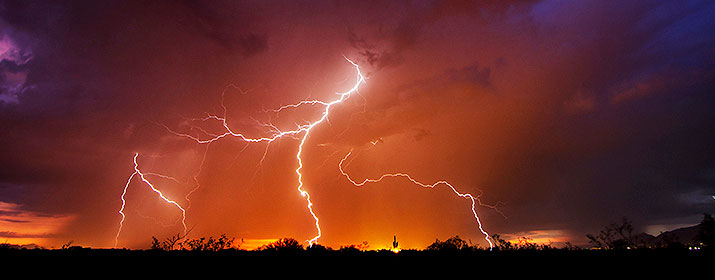
TEP is enhancing protection for golden eagles by adding safeguards on poles and other electrical equipment in Tucson and New Mexico, extending our longstanding wildlife conservation efforts.
We’re working to upgrade between 600 and 1,200 poles in golden eagle migration corridors by the end of 2024. The “bird-guarding” upgrades are designed to reduce the likelihood of harm when large birds interact with our equipment.
The golden eagle measures are TEP’s latest effort to shield electrical equipment, which the company has done for more than two decades. Through our Raptor Protection Program, TEP has worked to fortify electrical equipment near raptor nests, hunting areas, or incidents through a collaboration with the University of Arizona and local wildlife nonprofit groups.
In 2002, TEP began including bird protection on all new construction in TEP’s service territory. While these safeguards protect smaller birds, such as Harris’ Hawks and Great Horned Owls, the new retrofits are bigger because of golden eagles’ very large wingspans.
The ongoing upgrades are incorporated in an agreement with the U.S. Fish and Wildlife Service about facilities supporting TEP’s Oso Grande Wind project, a 62-turbine farm on 24,000 acres in southeast New Mexico. While no eagles have been harmed since Oso Grande came online in 2021, the new safeguards will increase protection along the eagle’s flyways in New Mexico and Arizona.
In New Mexico, TEP is collaborating with Otero County Electric Cooperative to make their poles avian safe. In Arizona, TEP began pole retrofits began last summer in an area that extends from Interstate 19 to the Sonoita Highway.
Even with technology, in-person travel is required to get all information needed to properly identify poles and equipment.
Larry Weigel, a contractor who previously led our Raptor Protector Program as a TEP employee, has been trekking to remote areas to examine the poles’ condition before installation. Over 12 days earlier this year, he drove 984 miles and walked 66 miles to track the equipment.
“All of this effort has the benefit of having every bird that lands on that pole be safe,” Weigel said.
While the main purpose is to help birds, the project also improves reliability.
While the main purpose is to help birds, the project also improves reliability by preventing outages on our system.






